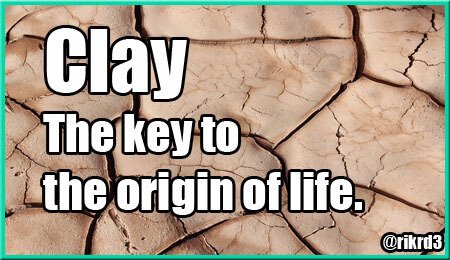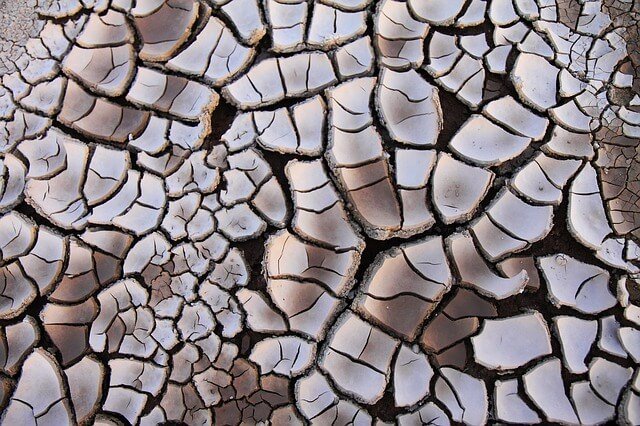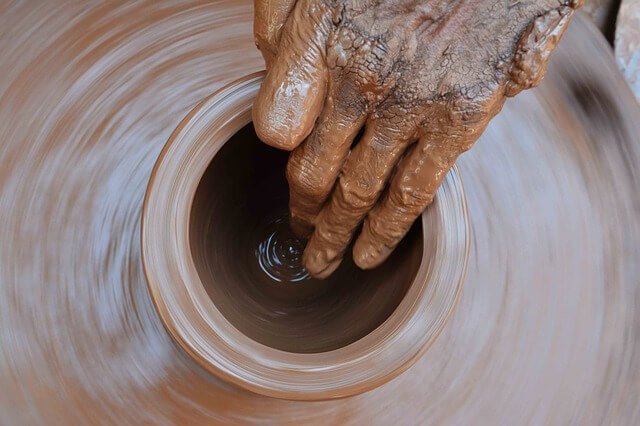
We all know the biblical phrase "of the ground we born and to the ground will return" and according to the studies of prestigious scientists around the world, this statement may not be far from reality.
The hypothesis is that the compounds contained in clay could be the basis for the birth of life on Earth. This idea has been in the minds of scientists studying the beginning of life for several decades, but one of the most important keys to this hypothesis was found by chance (something very common in the fascinating world of science).
.jpg)
A group of scientists led by Dan Luo of Cornell University New York, were initially looking for a way to increase the efficiency of protein synthesis systems in cells. Instead of allowing DNA and its proteins to float freely in the reaction mixture, the scientists used a hydrogel, that is, polymers that form an agglomeration of microscopic spaces capable of absorbing liquids like a sponge, as a result, all the necessary components were enclosed in a small volume in which the chemical reactions that make up proteins, DNA, and living cells are produced.
Then, the authors of the study tried to use clay as an economic substitute for the hydrogel. The clay particles turned out to be similar to the hydrogel particles, becoming microreactors for the biomolecules that interact in it.
Obtaining such results, the scientists could not avoid remembering the problem of the origin of life. Clay particles with their ability to adsorb biomolecules could actually serve as the first bioreactors for the first biomolecules, in their early stages when they have not yet acquired membranes. This hypothesis is also supported by the fact that the leaching of silicates and other minerals from rocks with clay formation began, according to geological estimates, just before, according to biologists, the oldest biomolecules began to join in protocells. According to these modern concepts, the birth of life on Earth occurred in parallel with the geological processes.
This hypothesis has another point in favor, from the point of view of biochemistry, the most notable of the inorganic components of clay is zinc. Probably, it played an important role in abiogenesis (the formation of organic molecules). It is known that zinc sulphide crystals are capable of photocatalysis, transforming the energy of sunlight into energy of chemical bonds, we are talking about the abiogenic photosynthesis, which living organisms would later dominate through intricate protein complexes .
The debate about the origin of life is still open but for these researchers there is no doubt that the formation of clay soils played an important role in the appearance of complex organic molecules.
.jpg)
Thank you for reading.
Sources and references:
El Informador. (2018). Arcilla y rayos gamma claves en origen de la vida. [online] Available at: https://www.informador.mx/Tecnologia/Arcilla-y-rayos-gamma-claves-en-origen-de-la-vida-20110906-0108.html [Accessed 17 Oct. 2018].
Cornell/T21, U. (2018). La arcilla pudo ser la cuna de la vida terrestre. [online] Tendencias 21. Ciencia, tecnología, sociedad y cultura. Available at: https://www.tendencias21.net/La-arcilla-pudo-ser-la-cuna-de-la-vida-terrestre_a26663.html [Accessed 17 Oct. 2018].
Images taken from Pixabay.com. (2018). Stunning Free Images: https://pixabay.com/